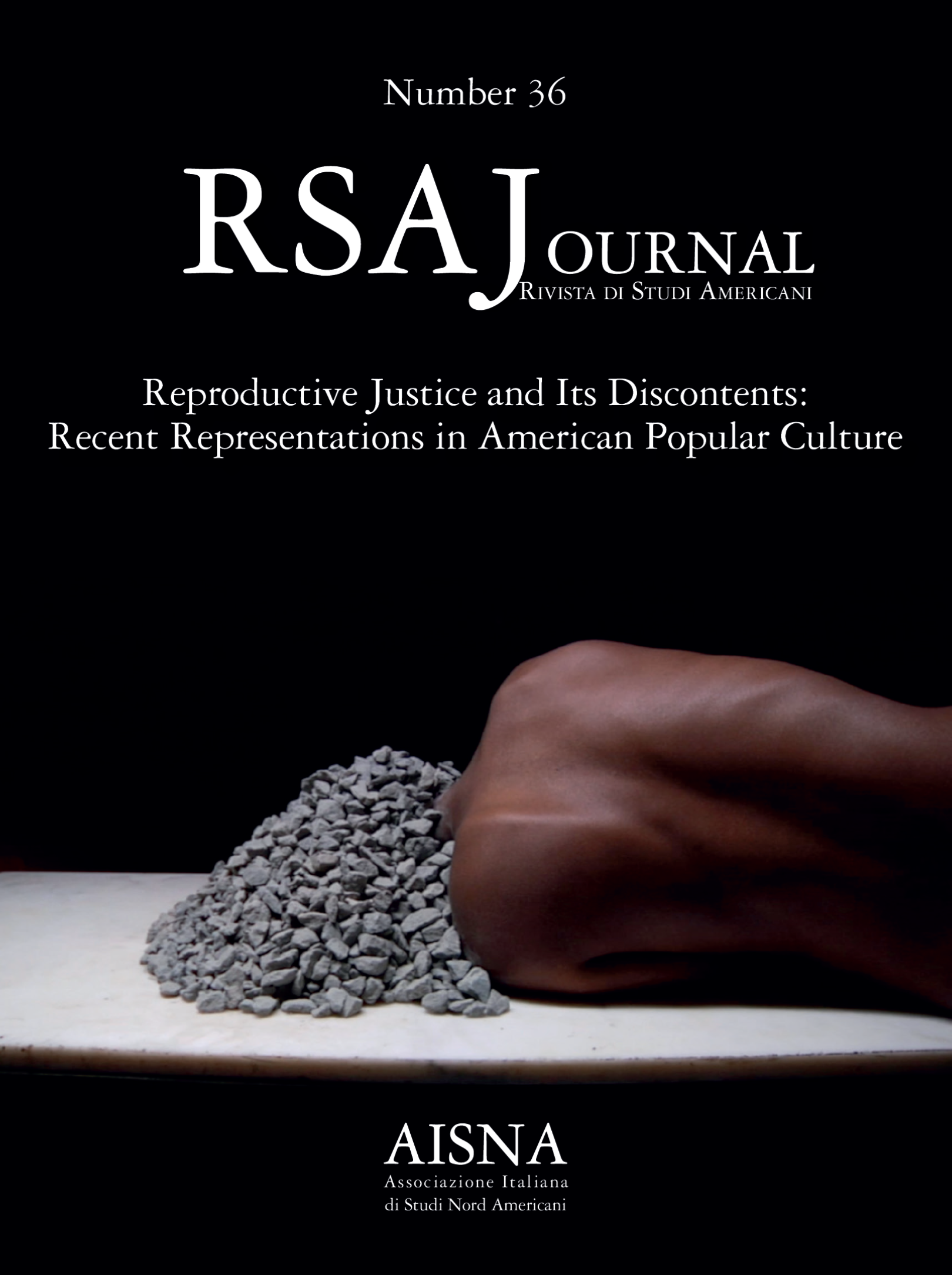From the Mill to the Home
Women’s Work and Separate Spheres in Henry C. Carey’s Political Economy
DOI:
https://doi.org/10.13135/1592-4467/11659Parole chiave:
Henry C. Carey, Political Economy, Home, Women's Work, Separate SpheresAbstract
The article investigates how Henry Charles Carey (1793-1879), the most influential nineteenth-century US economist, conceptualized the social role of women, the economic relevance of their work within and outside the family and the power relationships between the sexes. The article seeks to overcome the shortcomings of historiography, which only rarely investigated the contribution of nineteenth-century US political economy to the ideology of domesticity and never took into serious account Carey’s reflection on women’s work. Placing Carey’s early writings – especially his Principles of Political Economy (1837-1840), Essay on the Rate of Wages (1835) and The Past, the Present, and the Future (1848) – in the context of the history of capitalism and of the social history of women, the article argues that his political economy represented a relevant episode in the legitimation of women’s subordinate employment in US manufactures, in the definition of a doctrine of separate spheres and in the conceptualization of the relationship between the home and the state. Overall, the article maintains that, far from theorizing a greater equality among sexes, Carey’s political economy conceived the maintenance of sexual hierarchies as both a result and a necessary condition of capitalist development, with women having to remain subordinate to men whether working in the mill or in the home. Despite his support for an overall improvement in the condition and the treatment of women, then, Carey believed that such improvement could never undermine the patriarchal structure of US society. In highlighting the gendered dimension of Carey’s political economy between the 1830s and 1850s, the article shows how he theorized an inextricable connection between capitalist development and patriarchal relations in the family.
##submission.downloads##
Pubblicato
Fascicolo
Sezione
Licenza
Copyright (c) 2025 Matteo M. Rossi

Questo lavoro è fornito con la licenza Creative Commons Attribuzione - Non commerciale - Non opere derivate 4.0 Internazionale.
Avviso sul Copyright
RSAJournal applica una licenza CC BY-NC-ND a tutti i suoi contributi. Questa licenza consente agli utenti di copiare e distribuire il materiale in qualsiasi supporto o formato solo in forma non adattata, per scopi non commerciali e a condizione che venga esplicitato/a l'autore/autrice dell'opera. CC BY-NC-ND include i seguenti elementi:
- BY: L'autore deve essere riconosciuto come tale.
- NC: Sono consentiti solo utilizzi non commerciali dell'opera.
- ND: Non sono consentite opere derivate o adattamenti dell'opera.
Gli autori che pubblicano con questa rivista accettano i seguenti termini:
- Gli autori conservano il copyright e tutti i diritti di pubblicazione per i loro contributi alla rivista.
- Gli autori concedono alla rivista il diritto di prima pubblicazione in base alla licenza internazionale Creative Commons Attribution-NonCommercial-NoDerivatives 4.0, che consente ad altri di condividere l'opera non modificata per scopi non commerciali a condizione che venga esplicitato/a l'autore/autrice dell'opera e la sede di pubblicazione iniziale (questa rivista).
- Gli autori sono in grado di stipulare accordi contrattuali separati e aggiuntivi per la distribuzione non esclusiva della versione pubblicata dalla rivista (ad esempio, per inserirla in una repository istituzionale o pubblicarla in un libro), con l'indicazione che il contributo è stato precedentemente pubblicato in RSAJournal.




